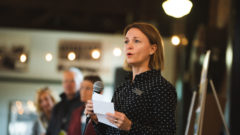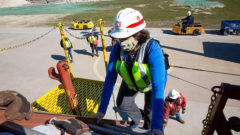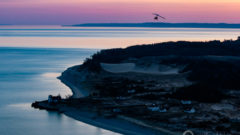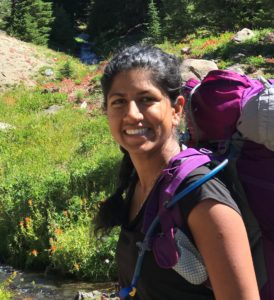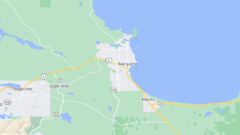Great Lakes monitors slow the flow; will explain in virtual meetings this week
Those responsible for monitoring and managing water flow in the Great Lakes have deviated from their usual flow controls to address lower-than-average rainfall totals they say raise concerns for water levels in Lake Ontario and the St. Lawrence River. Read the full story by WBFO – Buffalo, NY.
Great Lakes Commission
https://www.glc.org/dailynews/20210614-monitors


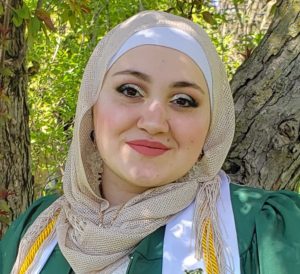
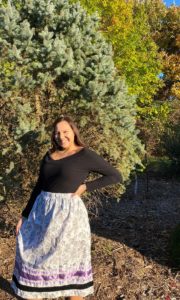
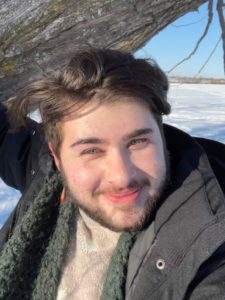
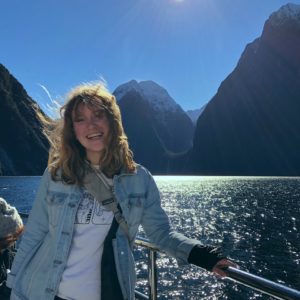
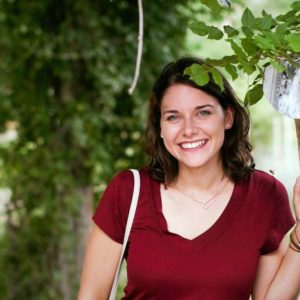



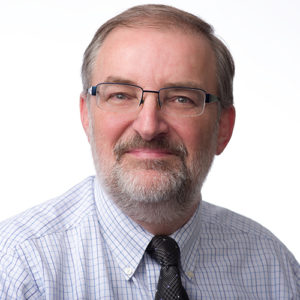

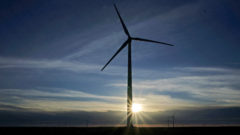
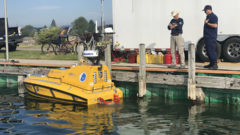
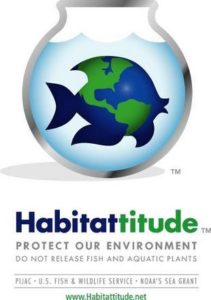 After considering all options, a plan was put into place to drain the pond and compost the goldfish. At that same time, we were in the middle of developing “
After considering all options, a plan was put into place to drain the pond and compost the goldfish. At that same time, we were in the middle of developing “